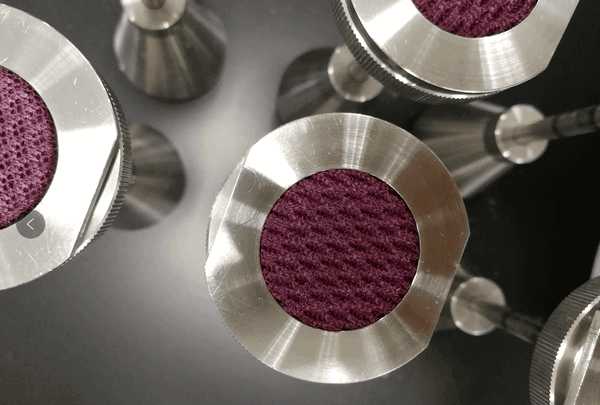- Qinsun Instruments Co., Ltd.
- Tell:+86-21-6780 0179
- Phone:+86-17740808215
- Address:No. 2578 Minhang District Gu Dai Road, Shanghai
- Contact:Mr. Li
- QQ:846490659
What does conductivity refer to?

The conductivity meter TDS is used to measure the total content of all ions in water, usually expressed in ppm
In the manufacturing industry of pure water, conductivity can also be used to indirectly characterize TDS
The conductivity of a solution is equal to the sum of the conductivity of various ions in the solution, for example: pure salt solution:
Cond= Cond (pure? Water)+Cond (NaCl) or Cond= 0.055+Cond (NaCl)
The relationship between conductivity and TDS of a conductivity meter is not linear, but within a limited concentration range, a linear formula can be used to represent it: for example,. 100uS/cmx0.5 (asNaCl)=50ppmTDS (uS: microsensors)
From the above two formulas, it can be inferred that the conductivity of pure water is 0.055uS (18.18 megaohms)
The TDS conductivity conversion coefficient for table salt is 0.5
So: the empirical formula is: halve the conductivity in microsensors to approximately equal TDS (ppm)
Sometimes TDS is also represented by other salts, such as CaO3 (with a coefficient of 0.66)
The conversion coefficient between TDS and conductivity can be adjusted between 0.4-1.0 to correspond to different types of electrolyte solutions.
Conductivity meter conductivity
Conductivity is the ability of a substance to transfer current, relative to resistance value, measured in Siemens/cm (S/cm), with a unit of 10-6 μ Represented in S/cm, expressed in mS/cm from 10 to 3.
The measurement principle of a conductivity meter is to place two parallel plates in the solution being measured, apply a certain potential (usually a sine wave voltage) to both ends of the plates, and then measure the current flowing between the plates. According to Ohm's law, the reciprocal of conductivity (G) - resistance (R) is determined by the conductor itself.
The basic unit of conductivity is Siemens (S), formerly known as Ohm. Because the geometric shape of the conductivity cell affects the conductivity value, standard measurements are expressed in units of conductivity S/cm to compensate for differences caused by various electrode sizes. Simply put, the unit conductivity (C) is the product of the measured conductivity (G) and the conductivity cell constant (L/A). Here, L is the length of the liquid column between two plates, and A is the area of the plates.
Hardness of water in conductivity meter
The hardness of water refers to the concentration of calcium and magnesium ions in water, with a hardness unit of ppm. 1ppm represents the calcium carbonate content in water at 1 milligram per liter (mg/L).





